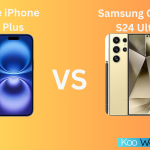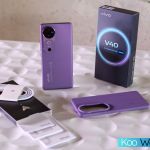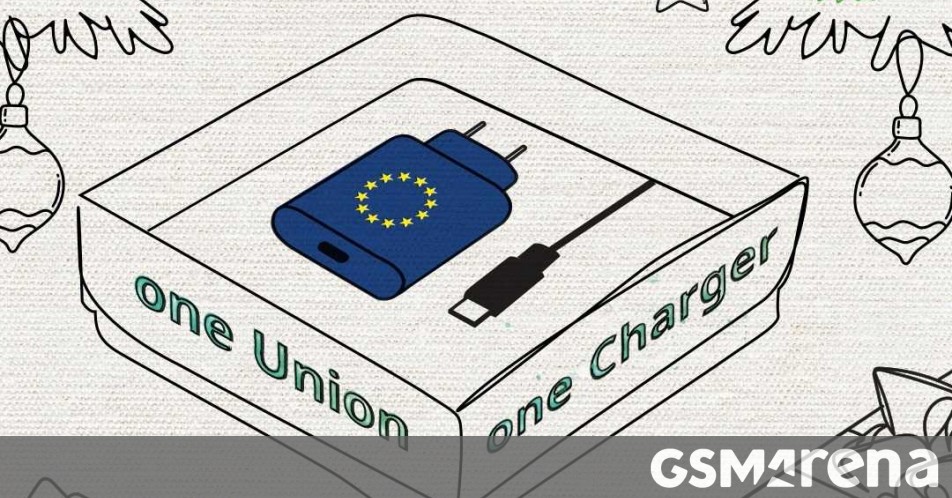The USB-C directive, which requires almost all mobile devices to have a universal charging port, is now in place in the EU. The directive’s end goal is to reduce e-waste and solve market fragmentation. However, the universal USB-C port is only one part of the directive—the European Union also wants to improve labeling, fast charging, and e-waste reduction.
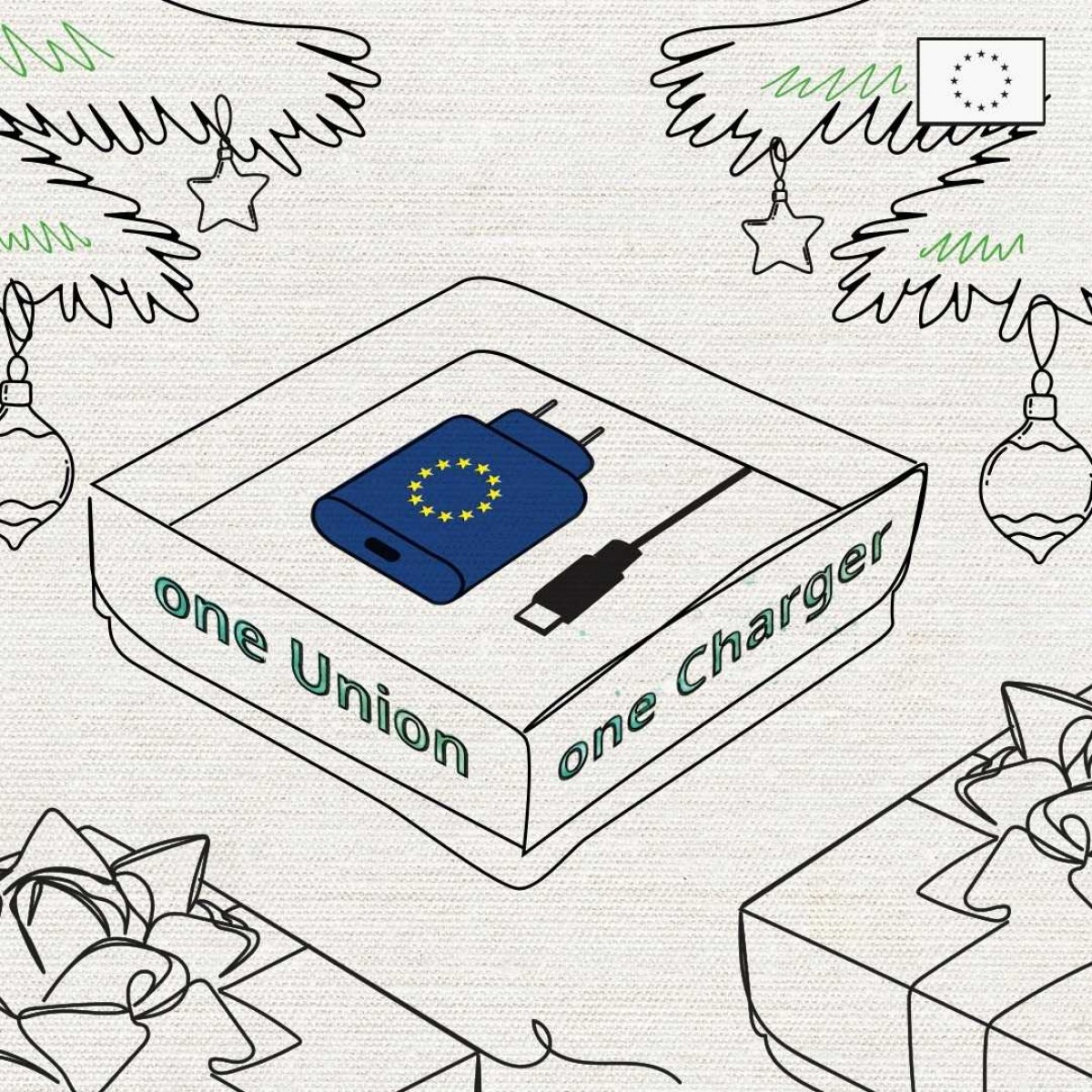
The European Commission, the European Union’s governing body, decided in 2022 that starting from 2025, mobile phones must ship with a universal charging port, and it should be USB-C. All 27 EU country members had until this past weekend, December 28, to merge the Directive into their national laws.
The Directive includes all mobile phones, tablets, digital cameras, headphones, headsets, handheld video consoles, portable speakers, e-readers, keyboards, mice, portable navigation systems, and earbuds that are rechargeable with a wired cable and can operate with a power delivery of up to 100 watts.
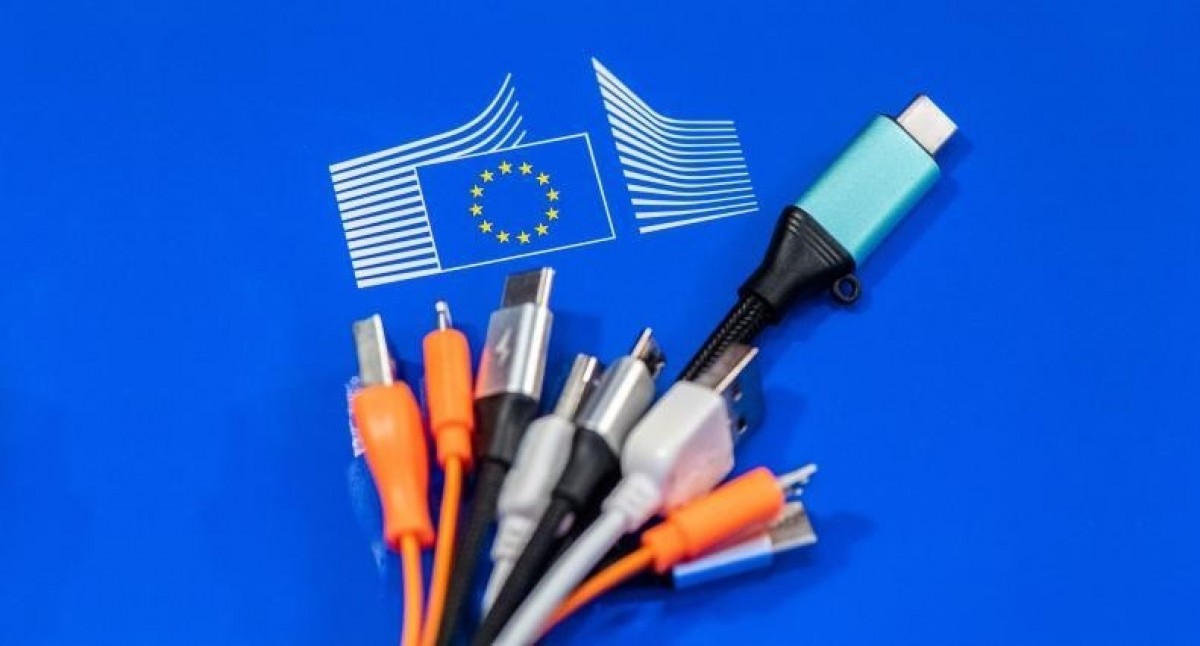
The directive says laptop manufacturers have some extra time until April 28, 2026 (or 16 more months) to comply with the directive. Also, some devices, like a PlayStation 5, for example, which has a 350W power rating, do not fall under the regulations.
There are some devices that are still not covered, like drones or wireless chargers. The European Commission said it will “continuously assess market developments, market fragmentation, and technological progress” to keep the list of devices “as relevant and up-to-date as possible.”
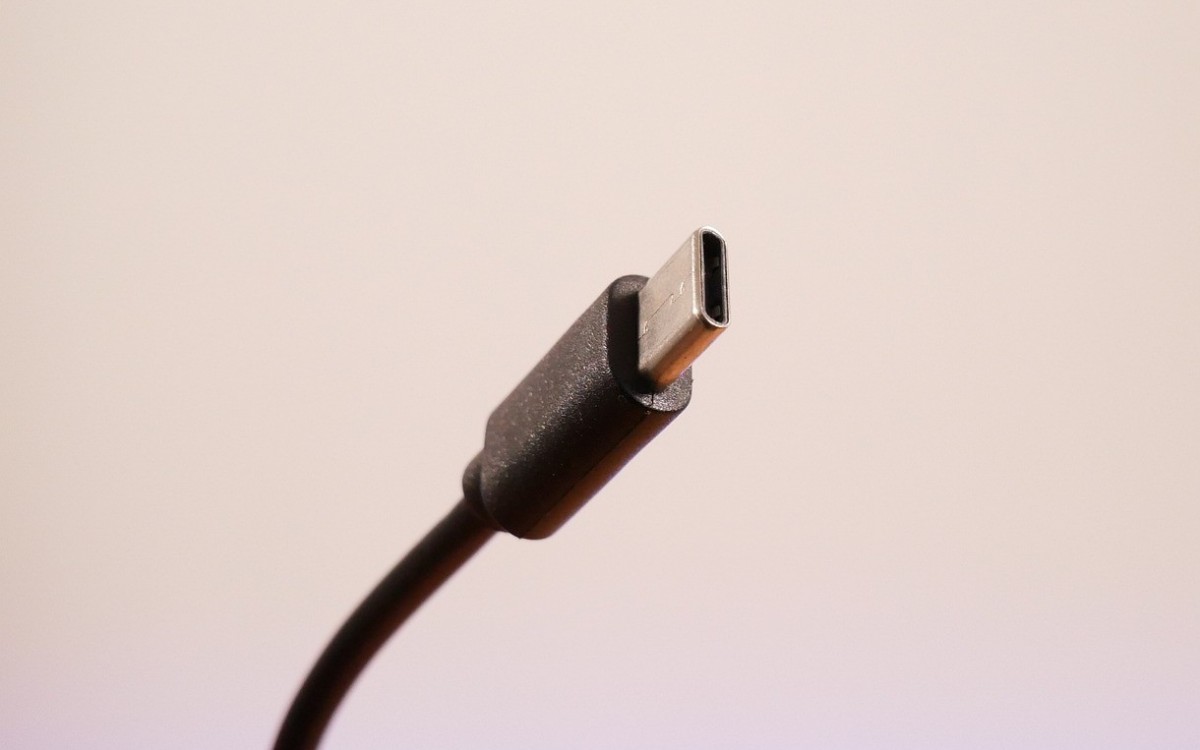
The Directive does not require devices to only have a USB-C port. They need to have a USB-C charging port, but they can still use their own proprietary charging solution, like the MacBooks, for example.
Also, if a device without a USB-C port is already on the market, it can remain on the shelves. However, manufacturers cannot introduce new products without the port, and retailers cannot receive shipments of old devices.
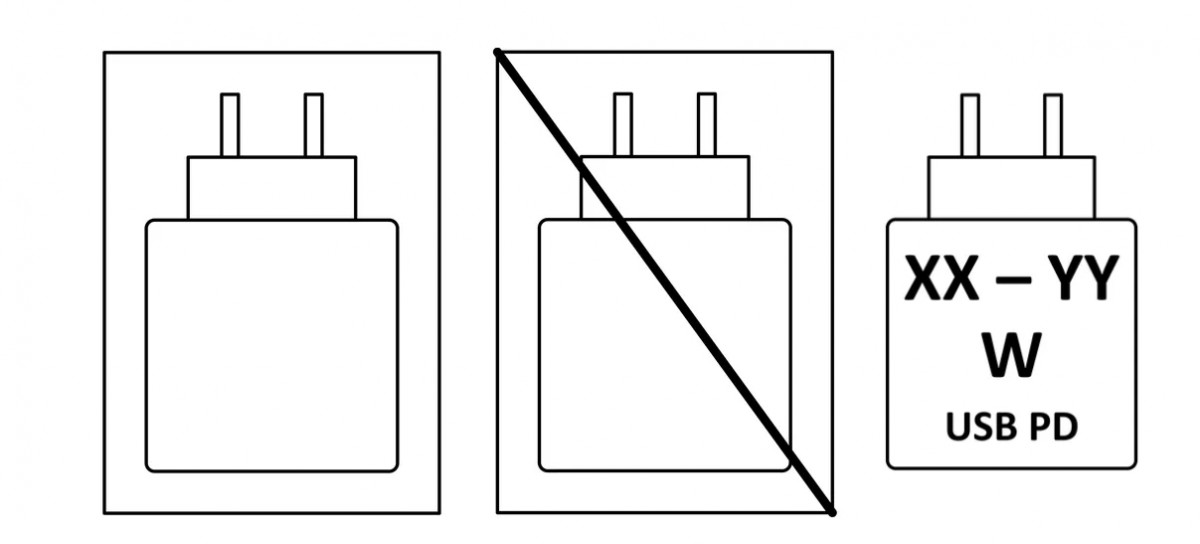
Pictograms of whether a charger is in the box, is not in the box, and what are the charging rates
Another aspect of the directive concerns the charging solution. It states that any device that can be recharged with a wire with voltages higher than 5V, currents higher than 3A, or powers higher than 15W must comply with USB-PD.
This means that iPhones and Pixels are in the clear, but OnePlus and Oppo devices with SuperVOOC must enable USB PD; otherwise, they will be kept off the market.
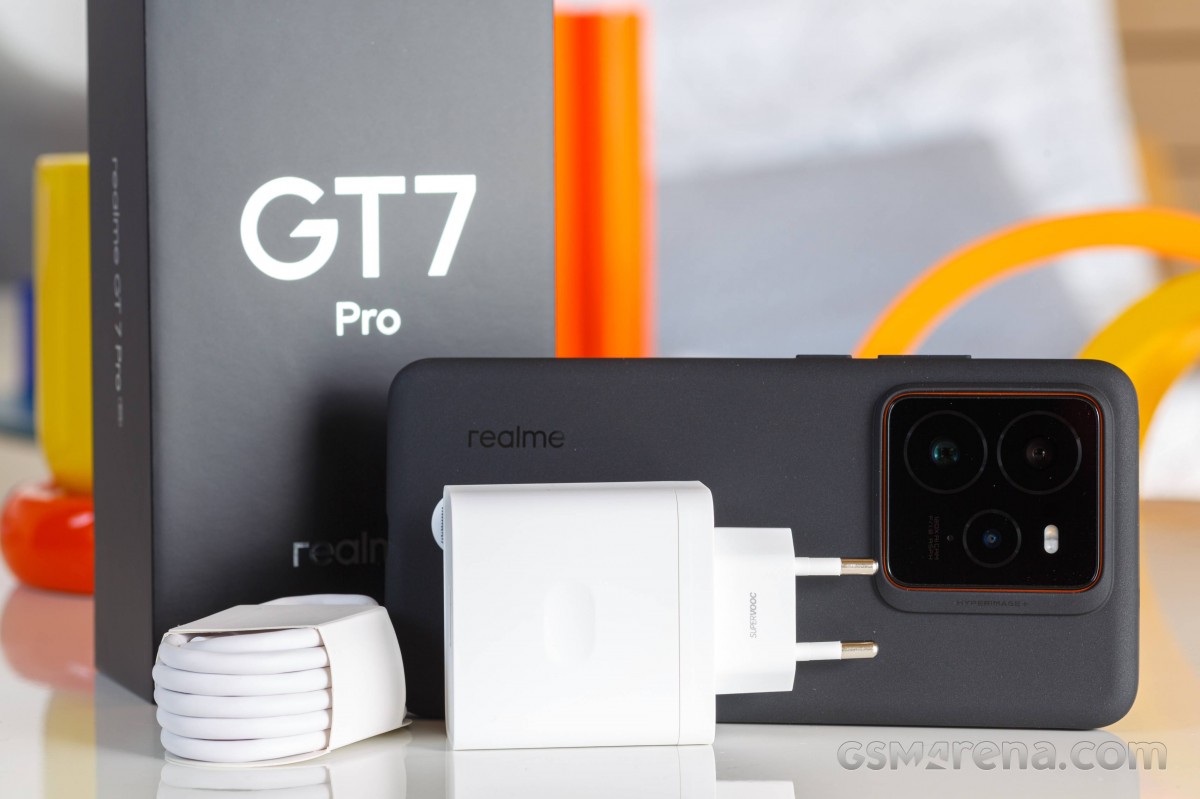
Realme GT7 Pro, for example, must enable USB-PD
The European Commission is allowing users to purchase a new electronic device without a new charger. The goal is to prevent excessive waste, which results from buyers owning too many duplicate chargers that go unused and often end up in the general trash, where they are rarely recycled.
This means phones will no longer come with a charger in the box in the 27 countries that are part of the European Union. The EC expects the user base to adapt to the new directive over time and will make it slightly easier, providing a graphic on the retail box of the mobile device, revealing whether it comes with a charger.
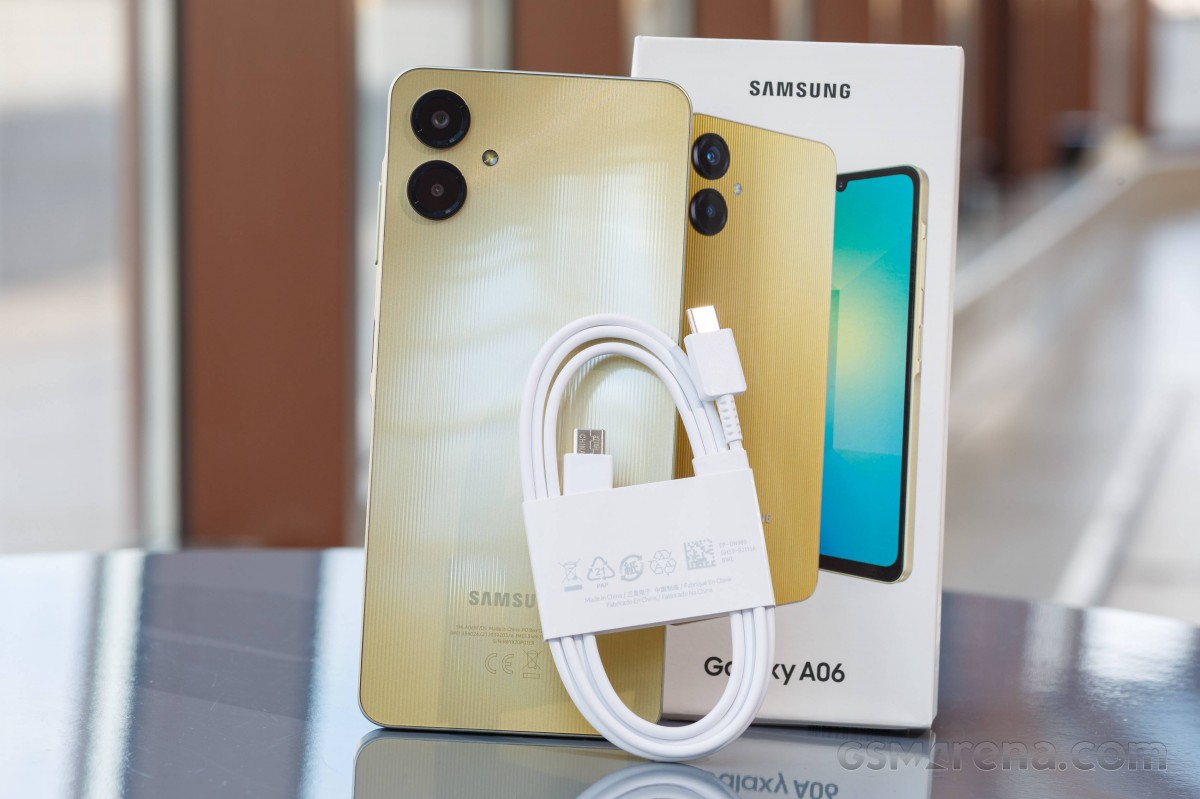
Phones from all price ranges will no longer have an adapter in the box
Each country will be able to implement its own understanding of measures and rules to ensure companies and retailers comply with the regulations. It will be interesting to see how the bloc will adapt to the new situation, which has already begun happening – Apple and Samsung stopped shipping chargers a long time ago, and we already have two generations of iPhones with a USB-C port.
Another interesting topic is whether other regions will follow in the footsteps of the EU. The directive does sound like a hassle for makers, but the reality is that this is a huge win for consumers. The Union has once again proven itself as an organization that takes the side of its citizens and not the corporate overlords.
